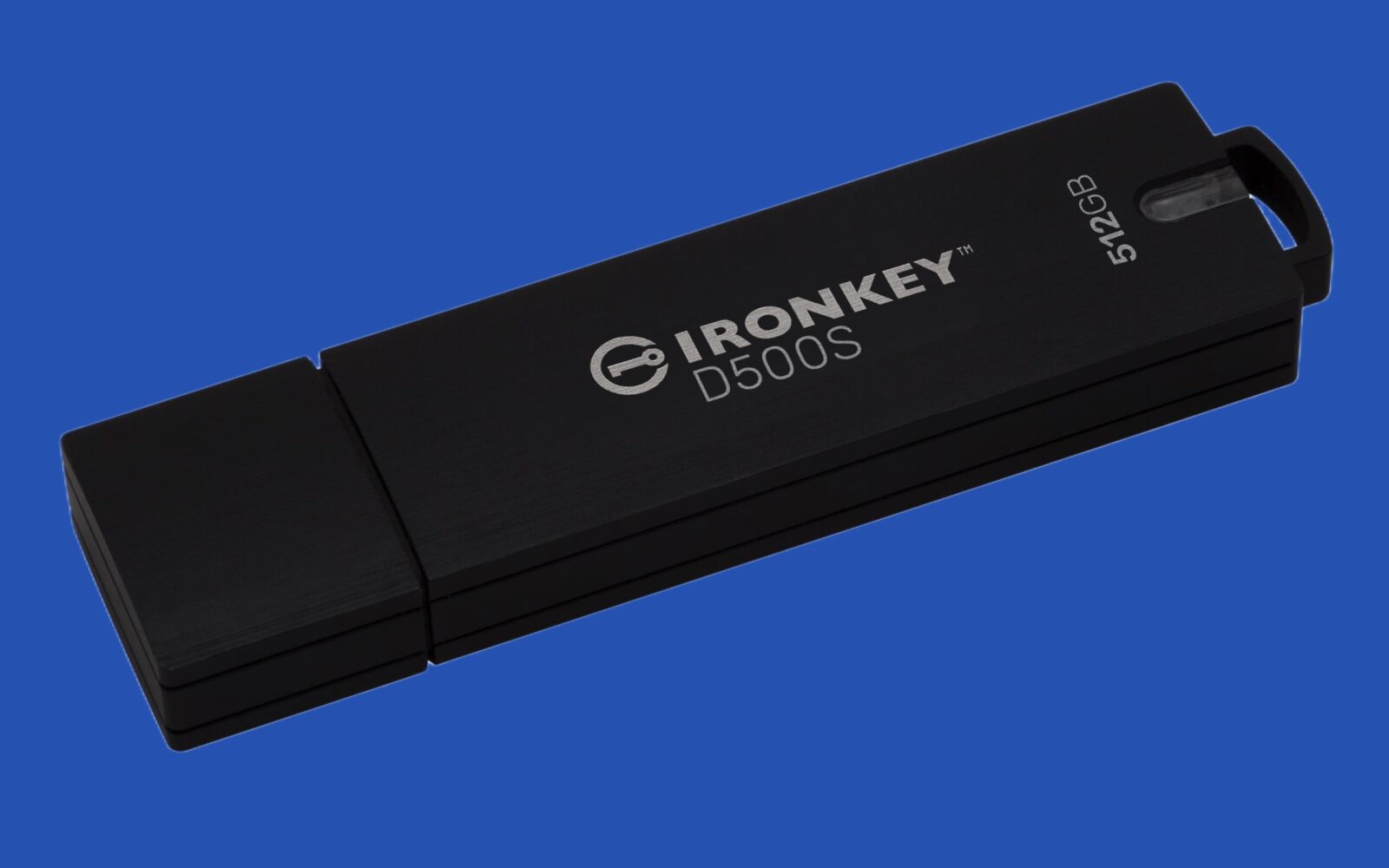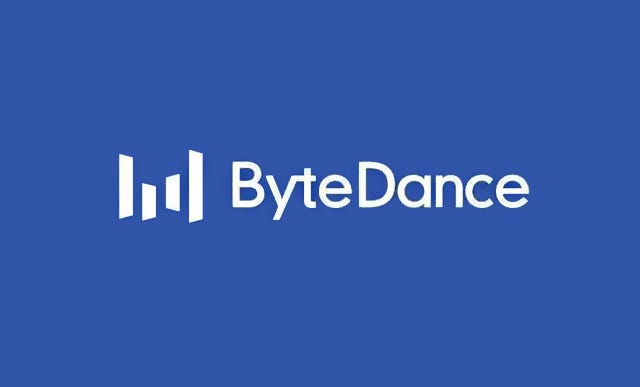In the digital age, we’ve grown accustomed to music that’s convenient and portable. MP3s, with their small file sizes, were a revelation that allowed us to carry thousands of songs in our pockets. However, this convenience came at a cost: sound quality. Enter lossless audio, a way to experience music that preserves every detail of the original recording, offering a listening experience as close as possible to the artist’s intent.
Understanding Audio Compression: Lossy vs. Lossless
To understand lossless audio, we must first grasp the concept of audio compression. Digital audio files, like images and videos, can be large. Compression techniques reduce file sizes for easier storage and streaming. There are two main types of audio compression:
- Lossy Compression: Popular formats like MP3 and AAC work by removing data deemed less perceptible by the average listener. This “loss” of information is permanent, resulting in a smaller file size but a degradation in sound quality.
- Lossless Compression: Lossless formats like FLAC (Free Lossless Audio Codec) and ALAC (Apple Lossless Audio Codec) use clever algorithms to compress files without sacrificing any audio data. While the result is a smaller file size than the original, it can be perfectly decompressed back into its original form.
Why Lossless Audio Matters
So, why should you care about lossless audio? Here’s the thing:
- Detail and Nuance: Lossless audio preserves all the subtle details, nuances, and textures of a recording that often vanish with lossy formats. You might hear background instruments you didn’t notice before, vocals with more clarity and emotion, or room ambiance that transports you to the recording studio.
- Dynamic Range: This refers to the difference between the loudest and quietest sounds in a recording. Lossless audio maintains a wider dynamic range, resulting in a more impactful and lifelike listening experience.
- Future-Proofing: As audio technology improves, you want your music collection to sound its best. Lossless audio ensures you’re maximizing the potential of your hi-fi equipment today and for years to come.
But Is It Really Noticeable?
The difference between lossy and lossless audio may be subtle for casual listening with basic earbuds. However, if you’re passionate about sound and have invested in good headphones or a quality sound system, the leap in fidelity with lossless audio can be revelatory.
Where to Find Lossless Streaming Services
Thankfully, lossless audio streaming has become more accessible in recent years. Here are some of the major platforms offering lossless music in the Middle East:
- Tidal: One of the early pioneers in high-fidelity streaming, Tidal offers a “HiFi” tier with lossless FLAC streaming and an even higher-resolution “Master” quality tier, allowing you to dive deeper into the music.
- Apple Music: Apple offers its entire catalog in lossless ALAC format with resolutions up to 24-bit/192kHz, available to all Apple Music subscribers at no additional cost.
- Deezer: Deezer’s “HiFi” plan includes lossless audio streaming in FLAC format, giving you access to a vast music library in pristine quality.
Things to Consider Before Switching to Lossless
While lossless audio promises incredible sound quality, there are a few things to keep in mind:
- File Size: Lossless files are significantly larger than their lossy counterparts. This means they’ll take up more storage space on your devices and use more data if you’re streaming on the go.
- Internet Connection: Streaming lossless audio requires a strong and stable internet connection. A spotty connection could lead to buffering or interruptions in your listening experience.
- Equipment: To truly appreciate lossless audio, you’ll need good headphones or speakers capable of reproducing the wider frequency range and detail these files offer.
- Cost: Some streaming services charge a premium for access to lossless audio.
We recommend the Sony WH-1000XM5 Headphones to listen to Lossless Audio (wired connection). Read our full review below:





